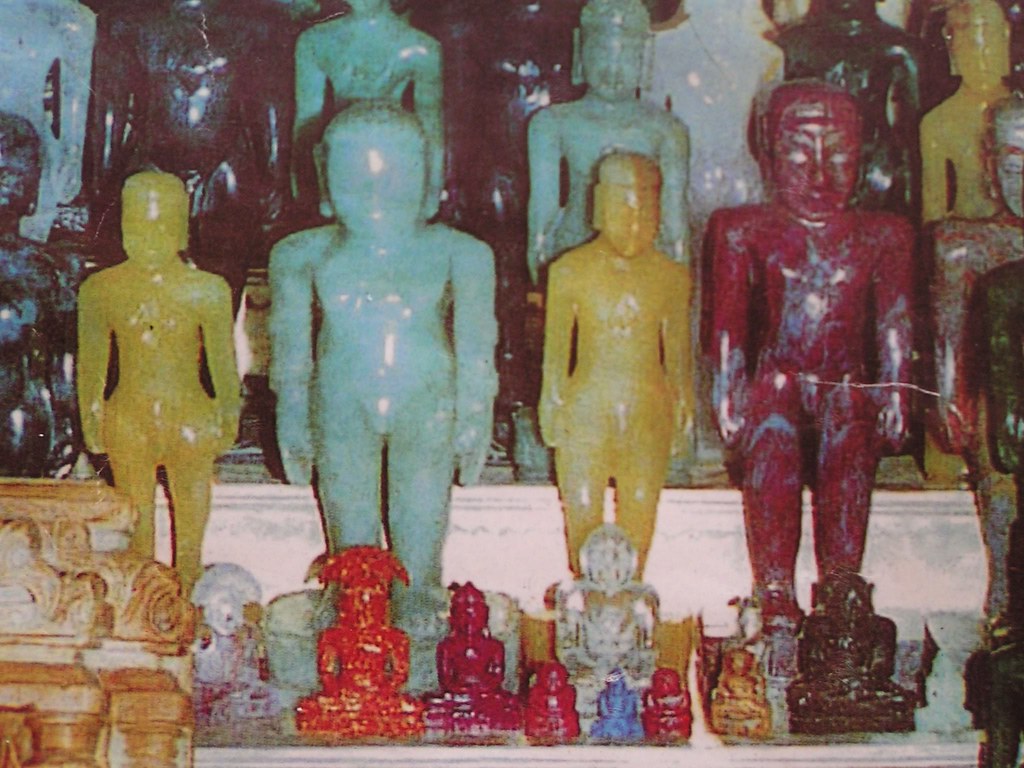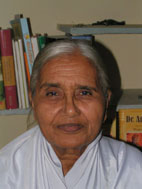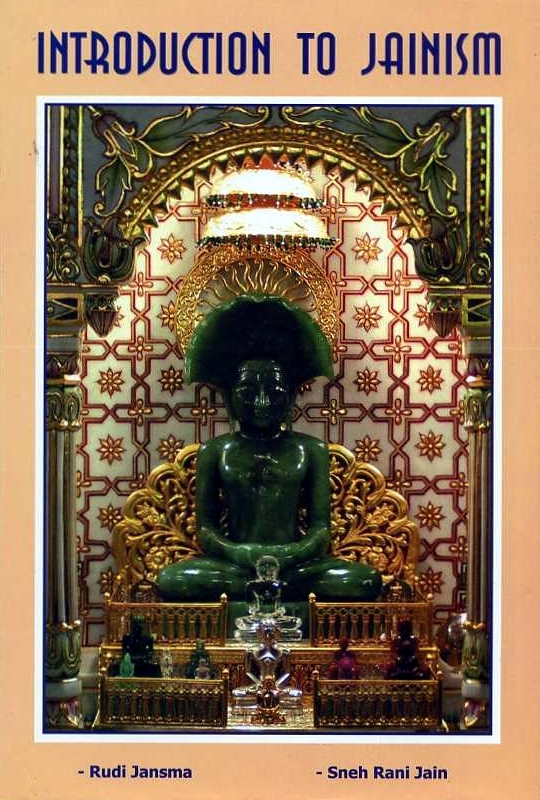In the summer of 1999 something unusual happened. It was in a little old temple in Rajasthan - about which for security reasons I will give no further details. Below the three-storied part of the temple above the ground there were said to be another four levels. There was a story about a treasure being hidden there. But nobody had ever had the courage to descend into the catacombs. There is no light, and it can be very dangerous because of snakes and invisible beings. Once a year only a few people descend to the upper floor of the four subterranean ones to perform a ritual in the total darkness.
But on that day in 1999 one monk had the nerve to go down. He reached the catacombs and tried to find his way. But he was not the first person in the history of the temple to have been there, because he found an old sign saying “don’t go any further, there is danger here.” So he decided not to go in that direction, but continued to a narrow opening which might perhaps lead to another room. The passage was so narrow that he could hardly move either forward or backward, and then, right in front of him, he saw a cobra, moving in the opposite direction. The man understood that his moment to die had arrived and started singing mantras. The serpent approached him and … slid out between his legs. The monk regarded this as a sign. He followed the animal and saw that it disappeared into a small hole in the floor. There he found a stone that could be shifted aside. Under the stone was another level, but it was filled with water. He put his hand into the water. Then he felt something hard and smooth and round. He gripped it and pulled it up. It was a sculpture of a Tīrthamkara made of an unusual type of stone. Overcome by emotion the monk took the icon out and took it up to the surface to show it to the others. Then he immediately returned underground. He found dozens of statues, big and small, made from numerous different types of precious stone. He took a number of them back to the surface. But then something eerie happened. He grabbed another image head - and his hand became immobile. He was unable to remove it, no matter how hard he tried. He was caught by a yaksha - the yaksha whose task it was to protect the icons. It lasted some five minutes. He begged the yaksha to set him free, and to be allowed to take the images out for just four days. He promised to bring them back within three days and then leave them in peace for twelve years. Then the yaksha let go of his hand. He brought the other icons to the surface. The message spread within no time among the Jain community of India, and people came from all corners to see the miracle - trainloads of them. Everyone was allowed to take part in the washing of the statues, but was expected to donate money for the temple, because it dearly needed a facelift. Within the three days tens of millions of rupees - hundreds of thousands of dollars - were donated. Then the icons were returned to their subterranean abode, under the protection of the yakshas. Now, in 2005, the temple - at least the part where the public may go - looks renewed and beautiful. In other respects nothing special can be seen. It seems that fake stairs and entrances have been built to guard against possible interests other than religious ones. Even so, photography inside the temple is strictly prohibited for outsiders. But the statues were photographed before they were put back. See photo 28 - a photo made by me from an existing printed picture. The monk then said that - if he is still alive - he will descend again after twelve years. This moment is anticipated with awe.
 Images of precious stone from the "treasure temple"
Images of precious stone from the "treasure temple"
photo 28
Images of precious stone from the "treasure temple"
 Images of precious stone from the "treasure temple"
Images of precious stone from the "treasure temple" Dr. Sneh Rani Jain
Dr. Sneh Rani Jain
 Publisher:
Publisher: